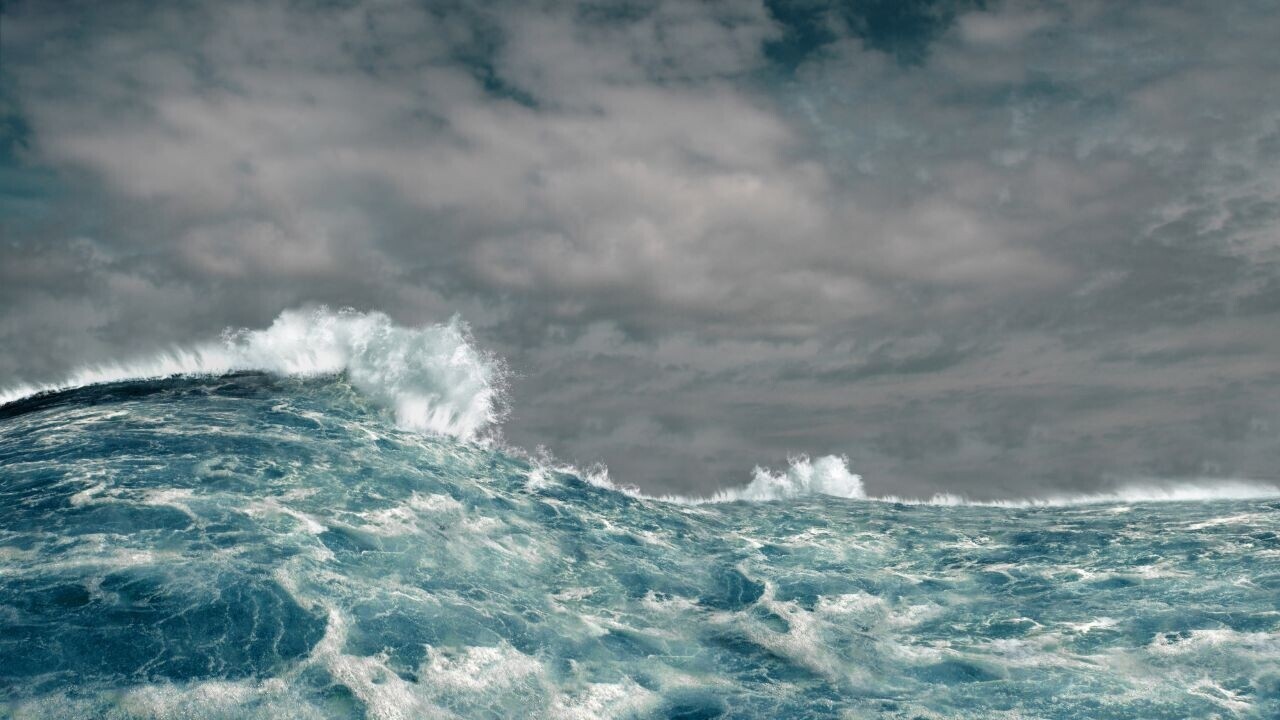Seven European organisations have teamed up to build a prototype ocean energy device that could power tropical islands with virtually limitless, consistent, renewable energy.
The technology is called Ocean Thermal Energy Conversion (OTEC). It generates electricity by harnessing the temperature difference between sun-warmed surface water and the cold depths of the ocean.
OTEC systems transfer heat from warm surface waters to evaporate a low-boiling point fluid like ammonia, creating steam that drives a turbine to produce electricity. As the vapour cools and condenses in contact with cold seawater pumped from the ocean's depths, it completes the energy cycle.
The technology was first developed in 1881, but never went mainstream due to cost and technical barriers. But with climate change bearing down, a group of entrepreneurs, engineers, and academics from across Europe are dusting off the old idea and giving it a new lease of life.
Storm-proof
The EU-funded PLOTEC group — which includes the University of Plymouth, UK startup Global OTEC, and Portuguese marine energy developer WavEC — is currently building a prototype ocean energy device in the Canary Islands. The structure consists of three main parts: a cylindrical hull, a cold-water riser pipe, and a gimbal connection point.
The cold-water riser pipe is being fabricated in Austria by plastics manufacturer AGRU and the cylindric hull, the largest element of the installation, is under construction at Hidramar Shipyard, in Gran Canaria, with delivery scheduled for June.
The system will be deployed at a marine energy testing site three kilometres off the coast of Gran Canaria. Over the course of 12 months, scientists will monitor how the structure holds up in rough seas.
“This prototype will provide us with the perfect opportunity test our cylindrical hull and gimbal solutions in 20m equivalent waves and hone our offshore connection and disconnection procedure allowing us to maximise asset lifetime and availability even in storm prone regions,” said Sam Johnston, lead engineer at Global OTEC.
While this first prototype won't produce electricity, the PLOTEC team hopes it will prove that deploying OTEC platforms in tropical seas is feasible.
Powering island nations
For ocean thermal energy conversion to work it requires a temperature difference between hot and cold water of around 20°C. This can only be found in the tropics.
Island nations are heavily reliant on imported fossil fuels to meet their energy needs. The PLOTEC team believes that OTEC offers a promising alternative.
In theory, OTEC has the potential to produce at least 2,000GW globally, rivalling the combined capacity of all the world's coal power plants.
Being a baseload power source (which means it generates electricity reliably 24/7) also means it could be utilised alongside solar and wind — keeping the lights on when the sun isn't shining or the wind isn't blowing.
Aside from the PLOTEC project, Global OTEC is developing its own modular ocean thermal system that it believes will significantly cut the costs of the technology. While the startup is confident of its approach, it's entering a field that is largely unproven.
Yet, with climate change accelerating — and island nations being among the most vulnerable to its impacts — attempting to harness the ocean's heat on a commercial scale is surely, at the very least, worth a shot.
Update (9:30AM CET, March 5, 2024): This article previously incorrectly stated that the OTEC prototype would be exposed to wave heights of up to 20 metres. Rather, it is a 1:5 scale structure so the intensity of waves it should experience will be the equivalent to the full scale structure being exposed to 20 metre waves.
